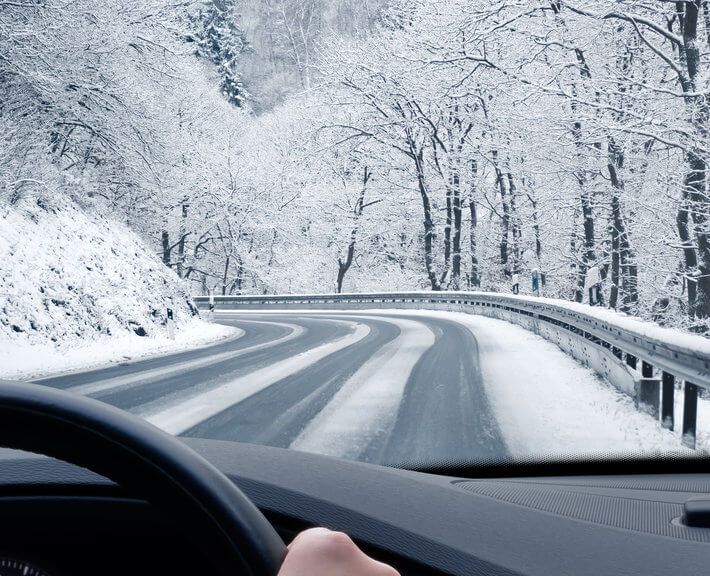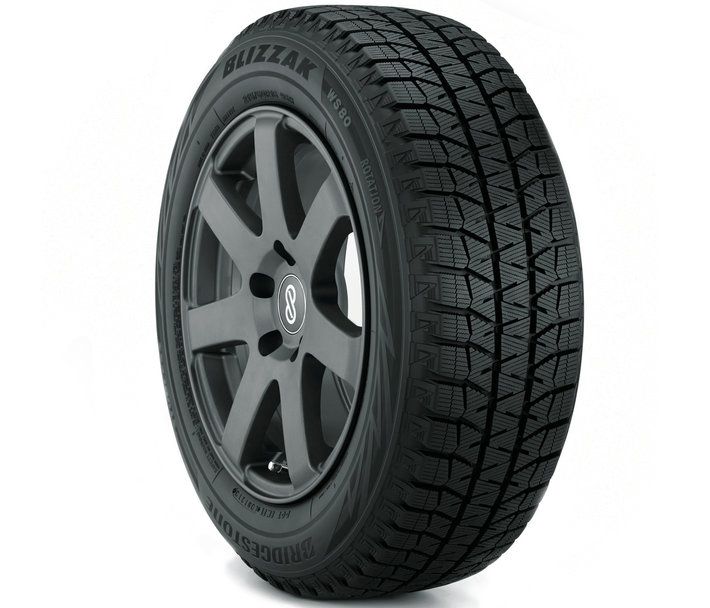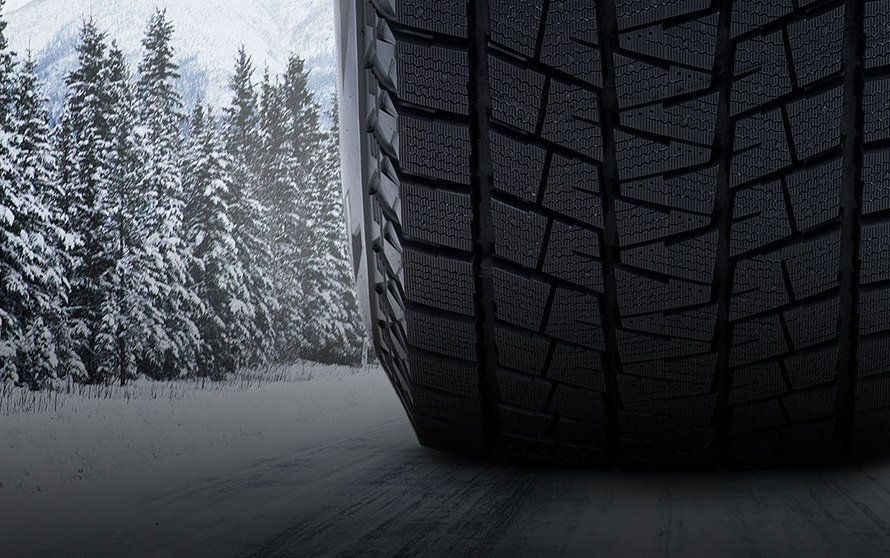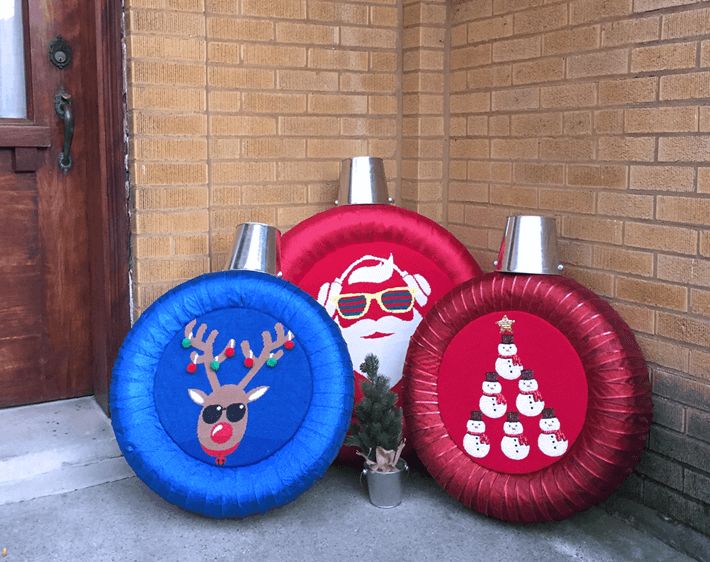Although the winter season has its charms, like sparkling holiday lights and cozy nights by the fireplace, winter driving isn't one of them. If you’re not prepared with the right tires and right information, winter driving can be more than unpleasant—it can be downright dangerous. That’s why we’ve prepared an easy guide on the science of winter driving, just for you. From how to deal with low visibility to ice covered roads, read on for winter driving tips to help you handle three major problems drivers often encounter during the winter: foggy windows, dead batteries, and slippery roads.
Foggy Car Windows
Why do your windows fog in the winter? The same principle that causes your glass to sweat on a hot summer’s day also causes your windows to fog up in winter. When you combine humidity and a large temperature difference, that extra moisture in the air clings to the coldest material. In both cases, that’s your glass. Thankfully, there are a few things you can do to keep your view clear this winter.
How to Defog Car Windows
In general, do your best to keep the interior of your car dry. This isn’t a perfect fix, especially if you live in a humid climate, but reducing the amount of moisture that could condense on your windshield helps stop foggy windows in the first place. Knock snow or rain off your boots before stepping into the car and brush snow off the top of your car to keep it from falling onto your seat when you open the door.
A Dead Car Battery
Why do car batteries seem to die more often in the winter? A car battery is like a string of old-fashioned holiday lights. Both are only as strong as their weakest link. When any cell of your car’s battery is damaged, it cannot operate to the best of its ability. During cold winter months, this can be a big problem. A fully-functioning battery won’t freeze until -76°F, but a damaged one can begin freezing at 32°F. And if your battery freezes, you'll most likely need a new one.
Even if none of your battery cells are damaged, summer's heat can put major strain on your battery. This could leave you with an already-depleted one come winter. To make sure you don't end up stranded by a dead battery this winter, visit your nearby Firestone Complete Auto Care for a fast and free battery test. In the meantime, follow these tips for keeping your battery charged in the cold.
How to Keep Your Battery Charged in the Cold
Spinning or Sliding Tires
Why do my tires keep slipping and sliding? Because traction can be tough to come by in the winter. Tires take the energy supplied by your engine and transform it into movement through the magic of traction. Traction is a form of adhesive friction that keeps your car and the road working in tandem. Without friction, your car wouldn’t be able to grip the road and go!
Softly packed snow and ice are both difficult surfaces for your tires to grip. If your rear wheels just keep spinning when you try to start your car, try these tricks for gaining traction.
How to Gain Traction in Snow or Ice
In the end, having a set of winter tires is the best way to maintain the most traction throughout the winter. Winter tires help produce extra traction by not only having great treads, but by their rubber compounds. Blizzak winter tires are some of the best winter tires available and were created with a unique, flexible compound that provides awesome grip in freezing weather. Having these special winter tires will not only improve your safety, it could also save you money in the long run. By having one set of winter tires and one set of summer tires, each specifically suited for a different climate, both sets should last longer.
Did you know? The reason rear wheels spin more than front wheels is that the engine provides added weight (and friction) towards the front of your car.
Prepare for Winter Driving at Firestone Complete Auto Care
As temperatures continue to drop, it’s time to get your car in gear for winter. Visit your local tire experts at Firestone Complete Auto Care to get help choosing a set of winter tires that suits your driving style and your climate. Schedule your appointment online or stop by today! Our stores are open late and on weekends for your convenience.



